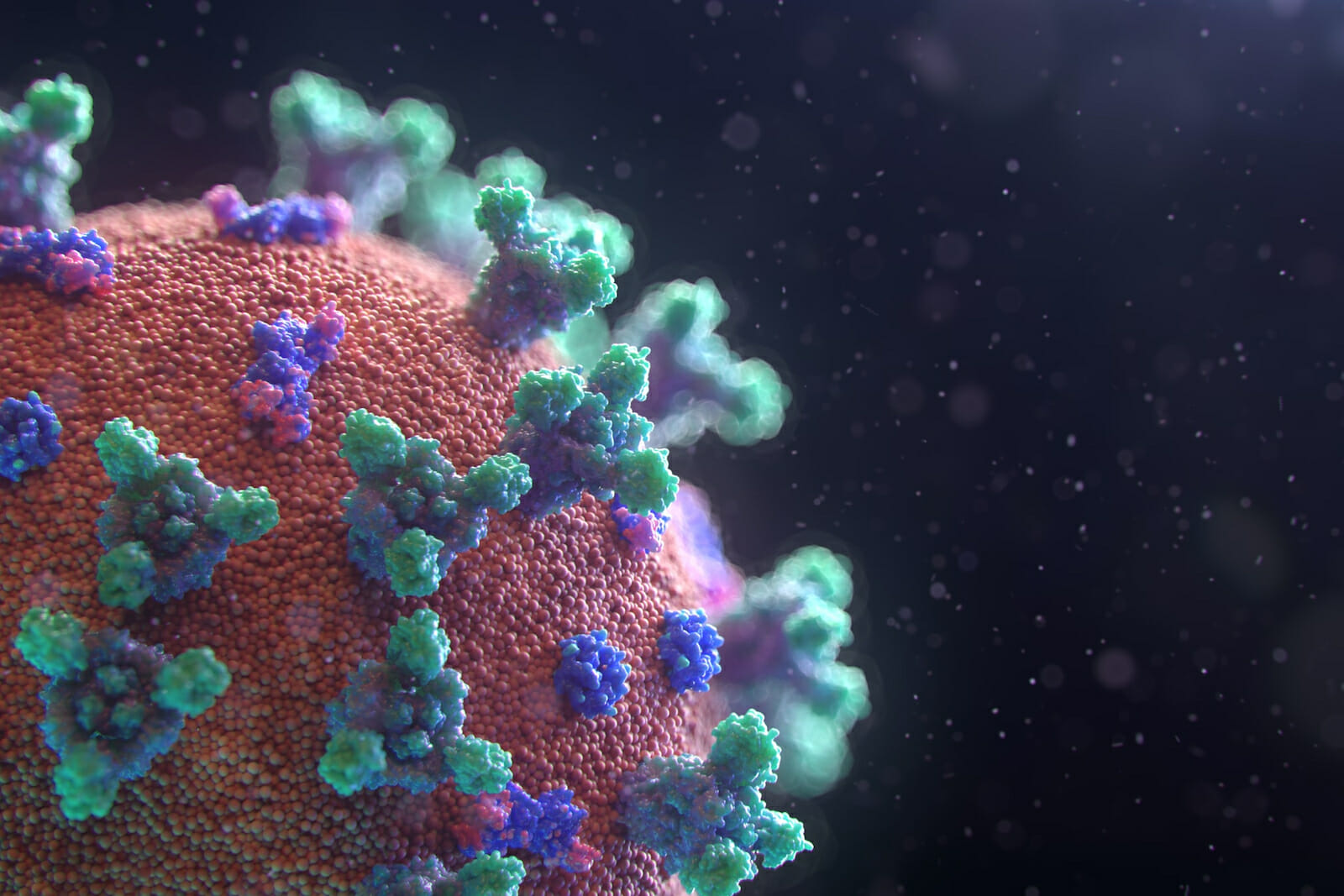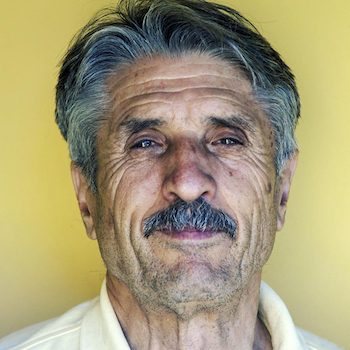
Health
With Herd Immunity from COVID-19 Still a Long Way Off, Finding Treatments Must Remain a Priority
The initial excitement that began to spread across the U.S. when the country became one of the first to launch their mass vaccination program against COVID-19 has faded in recent weeks as daily vaccination rates have plateaued far below their peak of 3.4 million shots a day—leading commentators to question whether the touchstone of herd immunity is actually possible. With only 44% of the population fully vaccinated, herd immunity in the country – which scientific experts believe requires at least 75% of the population to be inoculated—is still a pie in the sky dream for now.
The fact that even one of the world’s wealthiest countries is far from reaching the inoculation target to halt community transmission of COVID-19 only highlights how important it is to find effective treatments, rather than relying solely on vaccines to protect the world from the coronavirus. Fortunately, ready-made COVID therapies are just around the corner.
The long path to a post-pandemic world
While the multiple COVID vaccines currently on the market offer excellent protection from the coronavirus, hospitalization is still likely among those who are not vaccinated, as evidenced by one clinic in the U.S. in which 99.7% of patients were not vaccinated. Around the world, two main reasons help explain why billions of people remain unvaccinated: vaccine inequity and vaccine hesitancy, which are complicating governments’ exit strategies from the pandemic.
Vaccine inequity is predominantly catalyzed by the fact that wealthier regions such as the European Union, which has ordered enough doses to vaccinate the entire population twice over and still have half a million to spare, have booked doses well into 2023. This hoarding, compounded by supply shortages, means that many areas around the world still haven’t made much headway. In Africa, just 1% of global supplies have been administered, leaving most frontline workers also exposed to the virus. What’s more, the 600 million doses promised to Africa by the WHO’s COVAX facility are only enough to vaccinate 20% of the population. The Asia-Pacific region is not faring much better, with low vaccination rates compounding the public health crisis caused by the Delta variant.
What’s more, there will always remain a percentage of people with access to a vaccine who cannot or will not get the jab. Certain categories such as pregnant women, children, and those with various underlying health issues such as autoimmune diseases, are not able to receive the jab. Meanwhile, vaccine hesitancy is dropping among Americans and Brits, but increasing in Asia—predominantly due to the spread of conspiracy theories and fake news.
Even in the vaccine bellwethers, the UK and the U.S., coronavirus hospitalizations continue to alarm lawmakers. Indeed, although the United Kingdom has fully vaccinated more than a third of its population, the government is considering delaying their reopening given the rising hospitalizations of patients presenting the Delta mutation of COVID-19. In the United States, the Centers for Disease Control and Prevention has recently urged teens to get vaccinated after three hospitalized adolescents required ICU admission. Given that unvaccinated citizens will continue to abound and more infectious variants push the percentage of vaccinated citizens required to reach herd immunity even further out of reach, finding effective treatments is becoming more urgent by the day.
Treatments offer hope for future COVID patients
Even though the media has mainly focused on the vaccine rollout, pharmaceutical companies are making headway on finding treatments to aid active coronavirus cases, relieving these patients’ suffering and improving their chances of survival. San Francisco-based firm Rigel Pharmaceuticals, for example, has carried out extremely encouraging trials repurposing their oral drug Tavalisse—the commercial name for fostamatinib disodium hexahydrate, a spleen tyrosine kinase (SYK) inhibitor.
Tavalisse isn’t a new drug—the medication has already been approved by major health regulators, including the FDA and the EMA, for patients suffering from chronic immune thrombocytopenia, an autoimmune disease which causes the immune system to attack blood platelets. It seems that the medicine may have other promising uses—it looks set to relieve patients suffering from warm autoimmune hemolytic anemia (WAHA) which currently has no FDA-approved market therapy.
Phase 3 trials are underway, supported by $16.5 million from the Department of Defense, to see if Tavalisse’s unique dual mechanism could prevent thrombosis, pneumonia, and damaged lungs in hospitalized coronavirus patients. Phase 2 results were encouraging, suggesting that Fostamatinib was safe for hospitalized coronavirus patients and lead to improved clinical outcomes.
Though Tavalisse, if approved for use against the novel coronavirus, would represent what many scientists are looking for most—a successful oral treatment for COVID’s deleterious effects—it’s not the first existing drug to show promise against the disease. An early industry push to trial existing drugs for COVID-19 led to a UK Recovery Trial discovering in June of 2020 that an inexpensive and widely available steroid dexamethasone reduced death in up to one-third of patients with severe respiratory conditions. The treatment is now par for the course across all British hospitals, and, according to one estimate by the UK government, has saved some 22,000 lives in the UK and more than a million worldwide.
As it becomes ever clearer that herd immunity may never be achieved, broad-spectrum medical countermeasures are proving effective treatments for the acute respiratory disease caused by COVID-19. Given the billions of global citizens that remain unprotected by a vaccine, it’s vital that mass vaccination campaigns are balanced with research into suitable treatments in order for public health systems to protect as many lives as possible and close the door on the pandemic.

